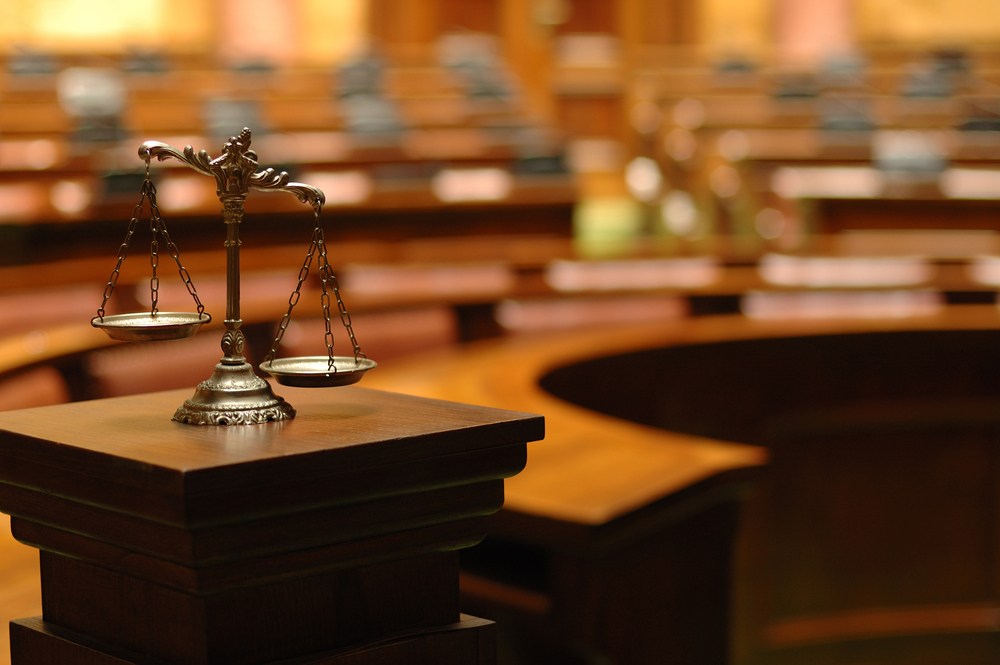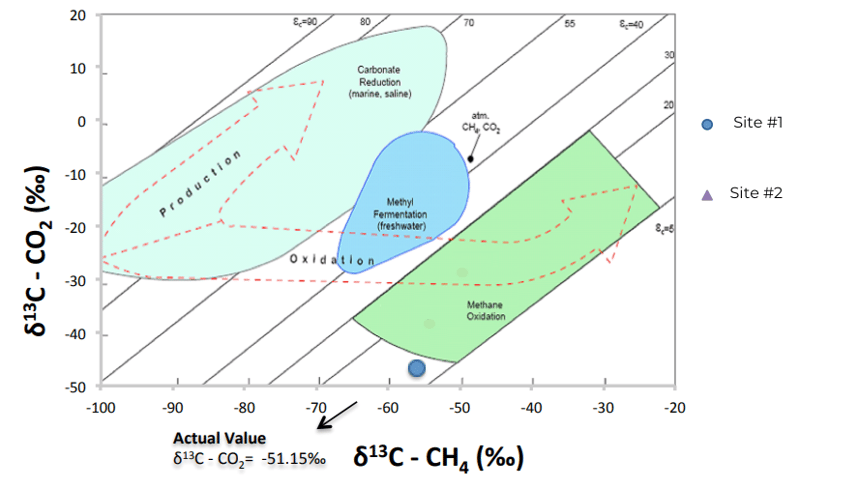I was testifying several weeks at a trial for a case I have been working on for three years. Most legal cases can drag on for very long periods of time. All cases that I have been on have lasted a minimum of 2 years.
While waiting to testify in this case last month, one of the experts that took the stand before me was called to give his accounts of the sampling that occurred on the site. I thought I was on the case for a long time – this guy was testifying on a sampling event he witnessed 10 years prior to the court date. Ten years! I have trouble remembering some of my activities from the prior day, never mind remembering what happened 10 years ago. He did a great job accounting the sampling and field activities for the day. The reason he had no issues was that he obviously took great field notes.
Field notes are one of the most important activities conducted in any sampling event. Usually, they are not well attended to. Either the rookie gets to do it or someone that is not interested in doing the actual sampling itself. In reality, it should be the person with the most experience and the one that pays the most attention to detail. If the job is small enough, the person taking the samples should also be taking the field notes but this is not ideal for larger projects. There is a whole science to sampling and then there is a whole procedure to taking good field notes.
Here are a few simple things that I would suggest for sampling:
- one person dedicated to field notes for the entire field program
- lots and lots of pictures
- site diagrams to put pictures into context - hand drawn works just fine
- use GPS camera onsite - it will tell you direction and location of every picture (makes things simple, later)
- label the pictures immediately after uploading them (or else you might forget later)
- follow legal chain of custody documentation and sample handling (see chapter)
The last point is more for making sure the proper documentation is in place and that the field program is lock tight in the view of the law. Legal sampling and legal chain of custody require special attention, and it starts with solid standard operating procedures and great field notes. I have co-authored a chapter in a book that briefly covers some of these aspects: http://www.sciencedirect.com/science/article/pii/B9780444594242000049
Legal sampling and legal chain of custody is often overlooked when dealing with legal cases. The data and the case is only as strong as the weakest link. Can your field program stand up to legal scrutiny?
I would like to hear your issues with poor sampling or maybe you have a tip you would like to share? Send me an email or post your tip or question right here.



